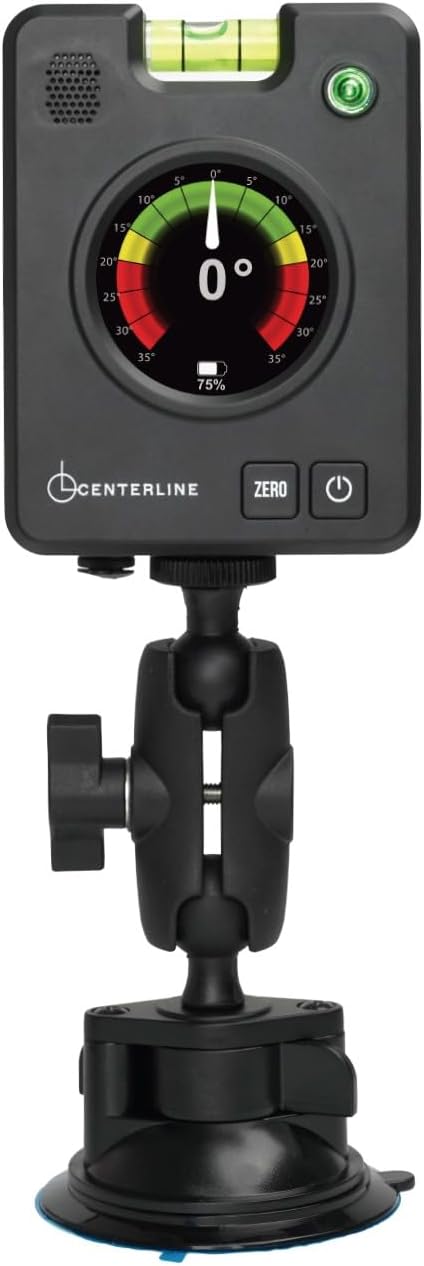








Understanding Warning Displays: A Guide to Safety and Awareness
In today’s fast-paced world, where technology is ever-evolving, warning displays have become an essential part of our daily lives. From simple traffic lights to complex digital screens in industrial settings, these displays serve a vital purpose: to alert us to potential dangers and keep us safe. But what exactly are warning displays, and why are they so important?
What is a Warning Display?
A warning display is a visual signal designed to communicate crucial information regarding safety and hazards. These can range from basic symbols and colors to sophisticated electronic screens that provide real-time data. Imagine driving down a highway and seeing a flashing sign indicating a road closure ahead. That’s a warning display in action, guiding you to make informed decisions.
The Importance of Warning Displays
Warning displays play a critical role in various environments, including roadways, workplaces, and public spaces. Here’s why they matter:
1. **Prevention of Accidents**: Warning displays help prevent accidents by informing individuals of potential hazards. For instance, a yellow caution sign alerts drivers to slow down, reducing the likelihood of collisions.
2. **Enhancing Awareness**: They enhance situational awareness. Think about the bright emergency exit signs in a theater. In case of a fire, these signs are lifesavers, guiding people to safety.
3. **Compliance with Regulations**: Many industries are required by law to utilize warning displays. These regulations exist to protect workers and the public, ensuring that everyone is aware of potential risks.
Types of Warning Displays
Warning displays come in various forms, each tailored for specific applications. Here are a few common types:
– **Traffic Signals**: These are probably the most recognizable warning displays. Red means stop, yellow means caution, and green means go. Each color and signal combination conveys critical information to drivers.
– **Industrial Warning Signs**: In manufacturing and construction sites, these signs indicate hazards such as high voltage areas or the presence of toxic materials. They often use universal symbols for quick understanding.
– **Digital Displays**: With advancements in technology, many organizations now use digital displays to provide real-time updates. For example, highway message boards can convey traffic conditions, accidents, or weather alerts.
How Warning Displays Work
Understanding how warning displays work can help you appreciate their significance. When you see a warning sign, your brain processes the information almost instantaneously. It assesses the situation and prompts you to take action. This rapid response can be likened to a fire alarm; the loud noise compels you to evacuate, while the flashing lights guide your way.
Moreover, warning displays often utilize color psychology. For instance, red is associated with danger, while yellow signifies caution. This strategic use of color helps ensure that the message is received and understood quickly.
Best Practices for Implementing Warning Displays
If you’re responsible for creating or managing warning displays, consider these best practices:
1. **Visibility**: Ensure that your displays are easily visible from a distance. Use bright colors and clear fonts, especially in areas with high traffic or potential hazards.
2. **Simplicity**: Keep the message simple and direct. Complicated language can lead to confusion, especially in emergencies.
3. **Regular Maintenance**: Regularly check and maintain your displays. Faded signs or malfunctioning lights can render a warning display ineffective.
4. **Training**: Educate employees or the public on the importance of warning displays. Awareness can significantly enhance safety.
Conclusion
Warning displays are more than just signs; they are essential tools for safety and awareness. By understanding their purpose and implementation, we can appreciate their role in preventing accidents and promoting safety in our daily lives. Whether on the road, at work, or in public spaces, these displays serve as our first line of defense against potential hazards. So, the next time you see a warning sign, remember: it’s not just a display; it’s a lifeline.
FAQs
1. What are the most common colors used in warning displays, and what do they signify?
The most common colors are red (danger), yellow (caution), and green (safe). Each color conveys a different level of urgency and action required.
2. How often should warning displays be maintained or replaced?
Warning displays should be regularly inspected for visibility and functionality. Signs that are faded or damaged should be replaced immediately, while regular maintenance should occur at least once a year.
3. Are digital warning displays more effective than traditional signs?
Digital displays can provide real-time information and alerts, making them more effective in dynamic environments. However, traditional signs remain crucial for straightforward warnings and are often easier to implement.
